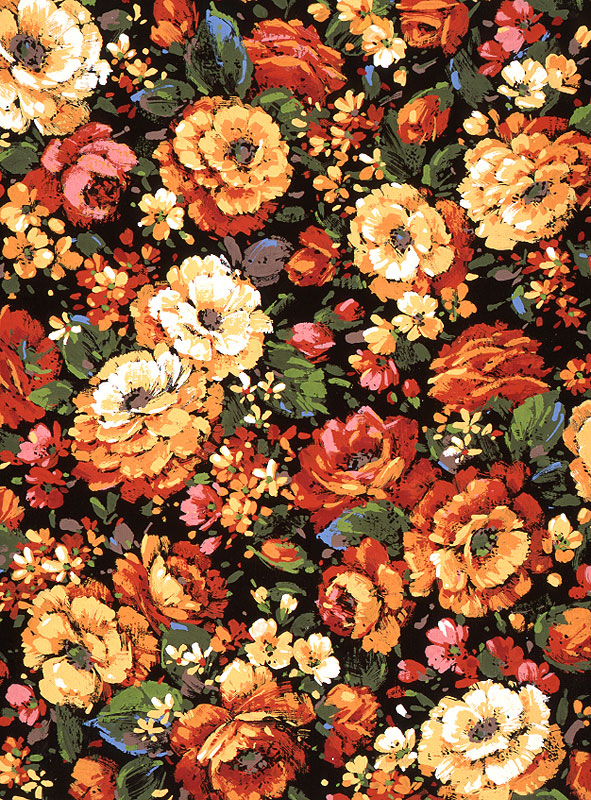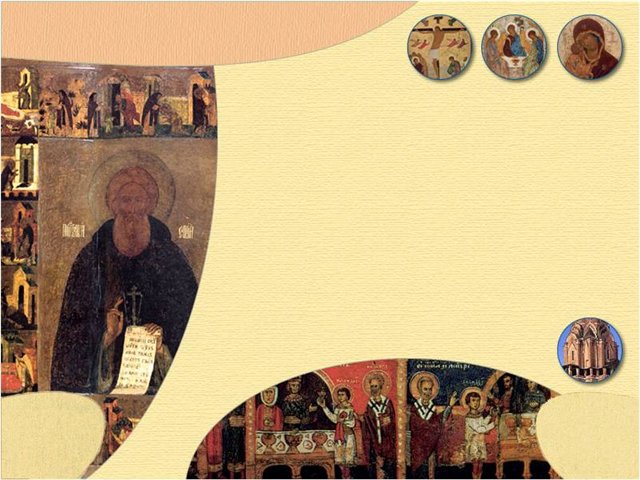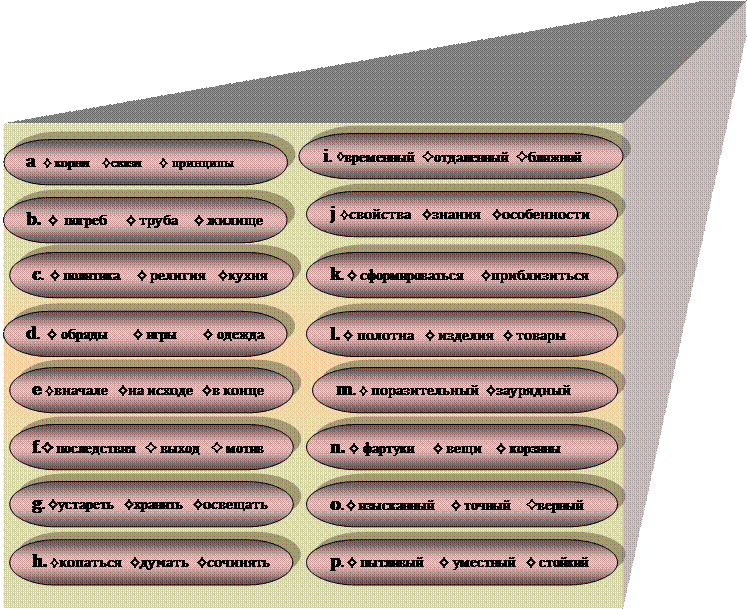
Главная страница Случайная страница
КАТЕГОРИИ:
АвтомобилиАстрономияБиологияГеографияДом и садДругие языкиДругоеИнформатикаИсторияКультураЛитератураЛогикаМатематикаМедицинаМеталлургияМеханикаОбразованиеОхрана трудаПедагогикаПолитикаПравоПсихологияРелигияРиторикаСоциологияСпортСтроительствоТехнологияТуризмФизикаФилософияФинансыХимияЧерчениеЭкологияЭкономикаЭлектроника
Proper meaning of the italicized words
|
|





















 The exhibition “ The Russian Folk “ is a systemized presentation of folk sources and ⦑ a ⦒ roots o
The exhibition “ The Russian Folk “ is a systemized presentation of folk sources and ⦑ a ⦒ roots o  f present-day Russian culture. They are the traditional peasant 〈 b ⦒ dwelling with its furniture and house utensils, the national ⦑ c ⦒ cuisine and clothing the ways and traditions of life and the creation of the people’s mind and imagination. They are exotic for a foreigner whereas for a Russian they are his cultural and historical heritage.
f present-day Russian culture. They are the traditional peasant 〈 b ⦒ dwelling with its furniture and house utensils, the national ⦑ c ⦒ cuisine and clothing the ways and traditions of life and the creation of the people’s mind and imagination. They are exotic for a foreigner whereas for a Russian they are his cultural and historical heritage.
Is it possible to see the traditional 〈 d ⦒ rites, as they were in present-day life? In Russia it is hardly so. However, they have been preserved in Russian colonies abroad. The natural flow of Russia’s life was forcibly broken ⦑ e ⦒ at the outset of the 20th century, so that the national evolution of the nation was stopped short. One of the ⦑ f ⦒ consequences of this is that presently you will not see the traditional Russian folk way of life and folk culture in their complete whole. The best you can find is some fragment of folk culture in society and museum exhibitions of cultural artifacts. The Russian people have to restore the natural growth of their society and its traditional roots. Much of the spiritual and material heritage is bound ⦑ g ⦒ to outdate and outlive. Life itself will make the final choice of what should be brought back and what should stay in the past where it belongs.
But we have ⦑ h ⦒ to delve into the past in order to see and feel the real traditional background of Russian life. It is both a ⦑ i ⦒ far-off and not so distant past when folk culture was a living and full - blooded process, with the national traditions carefully observed and passed on from generation to generation.
The historical roots of Russian culture have formed the design of this exhibition. The authors are not so much trying to recount what has remained of the national traditions in modern society, as to give an insight into the classical forms of the folk ways of life and the characteristic ⦑ j ⦒ peculiarities of folk culture, which took centuries ⦑ k ⦒ to shape. A considerable number of ⦑ l ⦒ articles of the exhibition are distinguished for their ⦑ m ⦒ striking national originality. Among them are works of a purely ethnographic interest, characteristic of certain aspects of the material culture of the Russian people.
Among the objects of this collection intended as decorative furnishing of the interior are ⦑ n ⦒ the items executed in various techniques. The exponents of the collection have been repeatedly displayed at exhibitions of applied arts abroad. Having seen the exponents, the visitor will see for himself which
of the described phenomena are still alive and developing today. This exposition might also help you understand the Russian’s soul and mentality, virtues and weaknesses. Much of the modern Russians’ character has been determined by their historical background, which is a combination of the people’s material and spiritual heritage or their national traditions. Although, for the most part, the Russian people are unaware of them, the traditional life-style continues to affect their lives and behaviors.
The exhibition’s items coming from many regions of Russia is a vivid manifestation of the talent, ⦑ o ⦒ exquisite taste and skills of the Russian peasants; the collection may be called a source of inspiration for many generations of artists and spectators alike. The exposition is intended for a wide range of visitors. It might be a helpful and useful guide for foreigners, who are either going to visit or are visiting Russia for the first time. It will also satisfy the ⦑ p ⦒ inquisitive mind of those who want to know more about the numerous cultures of the world.



 24. Find in the text the English equivalents to the following:
24. Find in the text the English equivalents to the following:
✶ Мировоззрение и воображение народа ✶ достоинства и недостатки ✶ живое проявление таланта ✶ структура выставки ✶ изумительная национальная самобытность ✶ постоянно выставляются
✶ естественное течение российской жизни ✶ сочетание материального и духовного наследия ✶ полнокровный процесс
✶ выполнены различной техникой ✶ передаются от поколения к поколению ✶ как декоративное убранство интерьера ✶ некоторые фрагменты народной культуры ✶ большое количество экспонатов
✶ артифакты культуры ✶ почувствовать подлинные истоки традиций ✶ источник вдохновения ✶ определенные аспекты материальной культуры ✶ представление народных истоков ✶ что осталось от национальных традиций ✶ углубиться в прошлое ✶ продолжает влиять на их жизнь и поведение.
 25. Put the words into the right order
25. Put the words into the right order
❀ people the of many process globalization oppose.